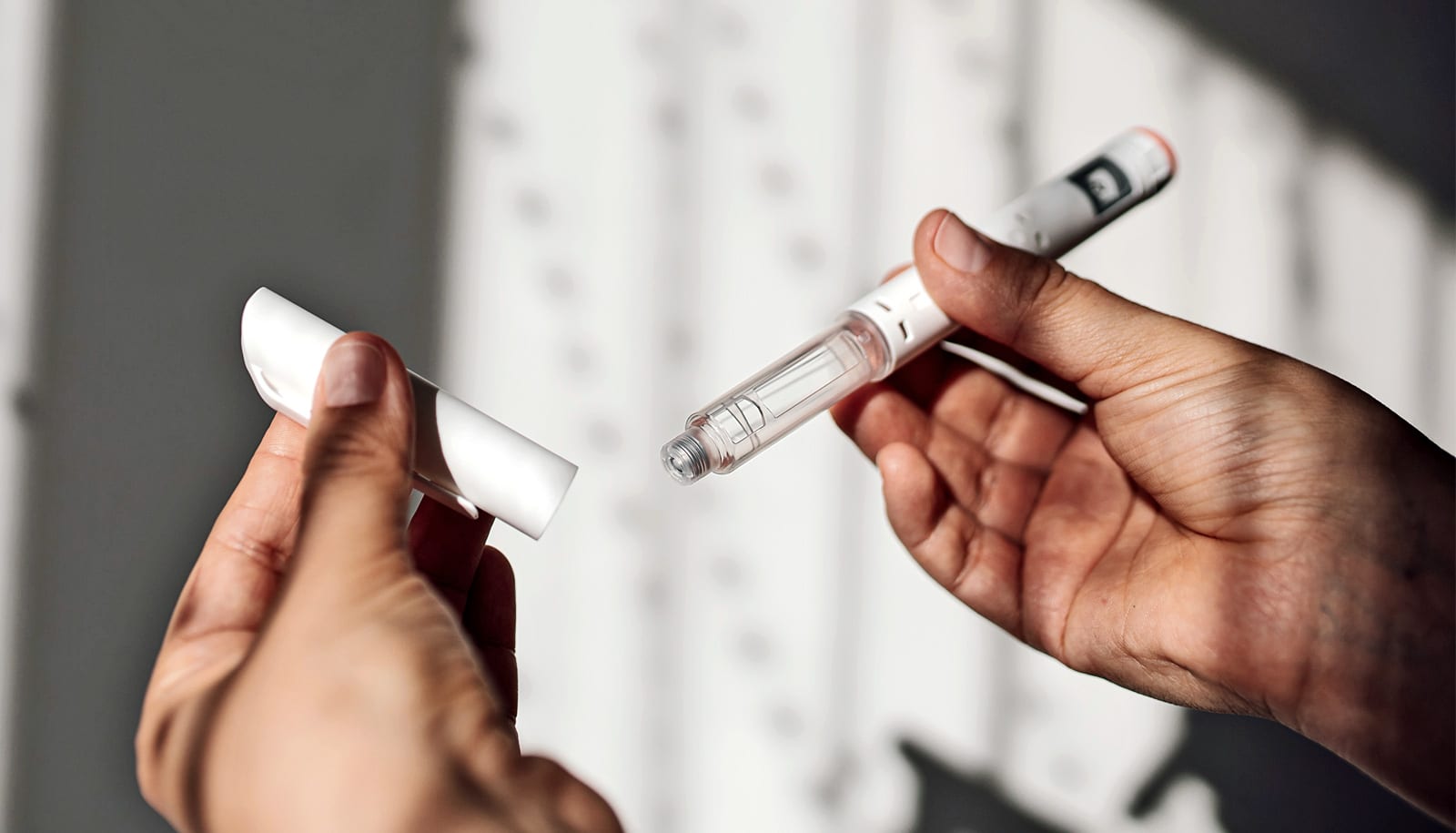New research suggests an answer to the mystery of why people living with HIV have twice the likelihood of developing heart disease. The findings also show that an experimental drug may hold promise as a potential treatment.
The increased heart disease risk is driven by a subset of immune cells in people with HIV which continue to express a protein that triggers blood clotting and inflammation even after the HIV virus is under control by medication, the scientists explain in Science Translational Medicine.
“By uncovering one of the cellular mechanisms driving the heart disease, we can look for medications—such as Ixolaris…”
Furthermore, the researchers found that Ixolaris, an experimental drug isolated from tick saliva and previously tested to treat blood clots in animals, successfully reduced the inflammation in monkeys infected with SIV, the primate form of HIV.
“People are living long, fruitful lives with HIV thanks to tremendous strides in antiviral treatment regimens, however those lives are being cut short due to perplexingly high rates of heart disease,” says co-senior author Ivona Pandrea, professor of pathology in the Center for Vaccine Research at the University of Pittsburgh. “By uncovering one of the cellular mechanisms driving the heart disease, we can look for medications—such as Ixolaris—that specifically target and disrupt that mechanism.”
Co-senior author Irini Sereti of the National Institutes of Health’s National Institute of Allergy and Infectious Diseases (NIAID) tested blood samples from people without HIV, people with HIV whose infections were well-controlled by antiretroviral therapy, and people with HIV who weren’t on the medications.
The researchers found an elevated number of immune cells called monocytes that expressed high levels of the ’tissue factor’ protein, which is associated with blood clotting and other inflammatory proteins, in the blood from people with HIV, regardless of how well their infection was controlled.
Pandrea and her team confirmed these findings in monkeys that progress to AIDS after infection with SIV. The same cells isolated from a different species of monkey that usually does not develop heart disease when infected with SIV do not produce tissue factor, thus reinforcing the role of this damaging protein in triggering cardiovascular disease in the HIV/SIV settings.
HIV comes with high heart attack risk, but how high?
The scientists then exposed the human blood samples to Ixolaris and observed that the drug blocked the activity of tissue factor. When tested in a small group of monkeys during early SIV infection, the treatment significantly lowered the levels of inflammatory proteins linked to cardiovascular disease.
NIH holds the patent for Ixolaris, which is a small molecule found in the saliva of the tick Ixodes scapularis—commonly known as the deer or blacklegged tick—and was uncovered by study co-author Ivo M. B. Francischetti of NIAID. More studies are needed to test the drug’s safety and interaction with other drugs that are used for HIV patients. Ixolaris has not been tested in humans and the results could differ, the researchers also caution.
“This treatment has the potential to improve the clinical management of HIV-infected patients and help them to live longer, healthier lives with HIV,” says Pandrea. “That, and other therapies that may arise from targeting the inflammation pathway we discovered, are exciting avenues for future research.”
Additional coauthors of the study are from the Frederick National Laboratory for Cancer Research; Fundação Oswaldo Cruz and Fundação José Silveira, both in Brazil; the University of Cape Town; Vanderbilt University; the University of Vermont; Los Alamos National Laboratory; and Universidade de Lisboa in Portugal.
Enzyme may make HIV meds safer for heart
NIAID’s Intramural Research Program and Bench-to-Bedside award, as well as the National Institutes of Health, funded the research.
Source: University of Pittsburgh



